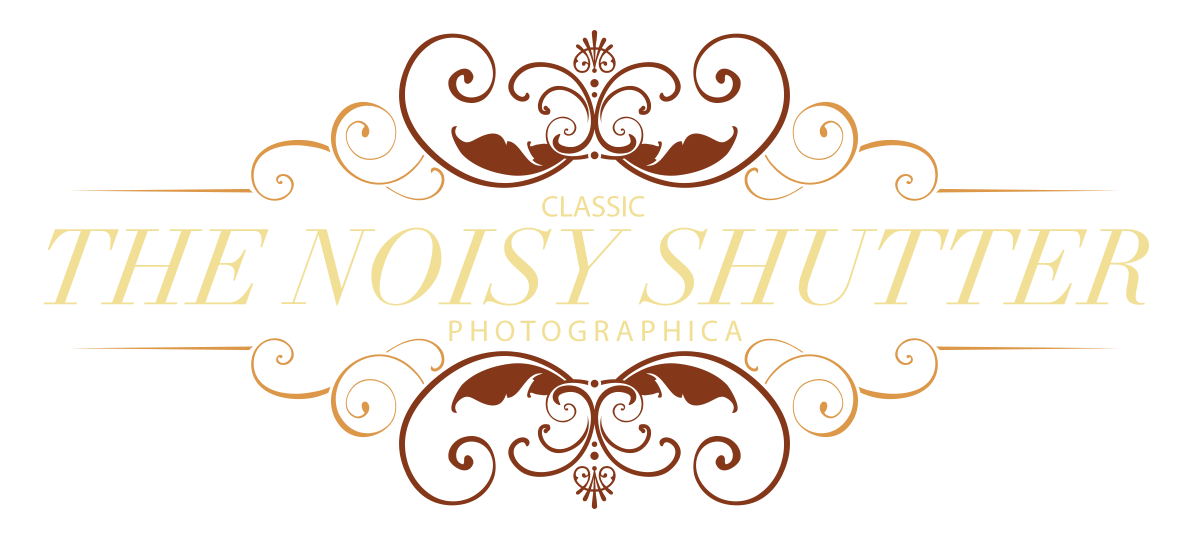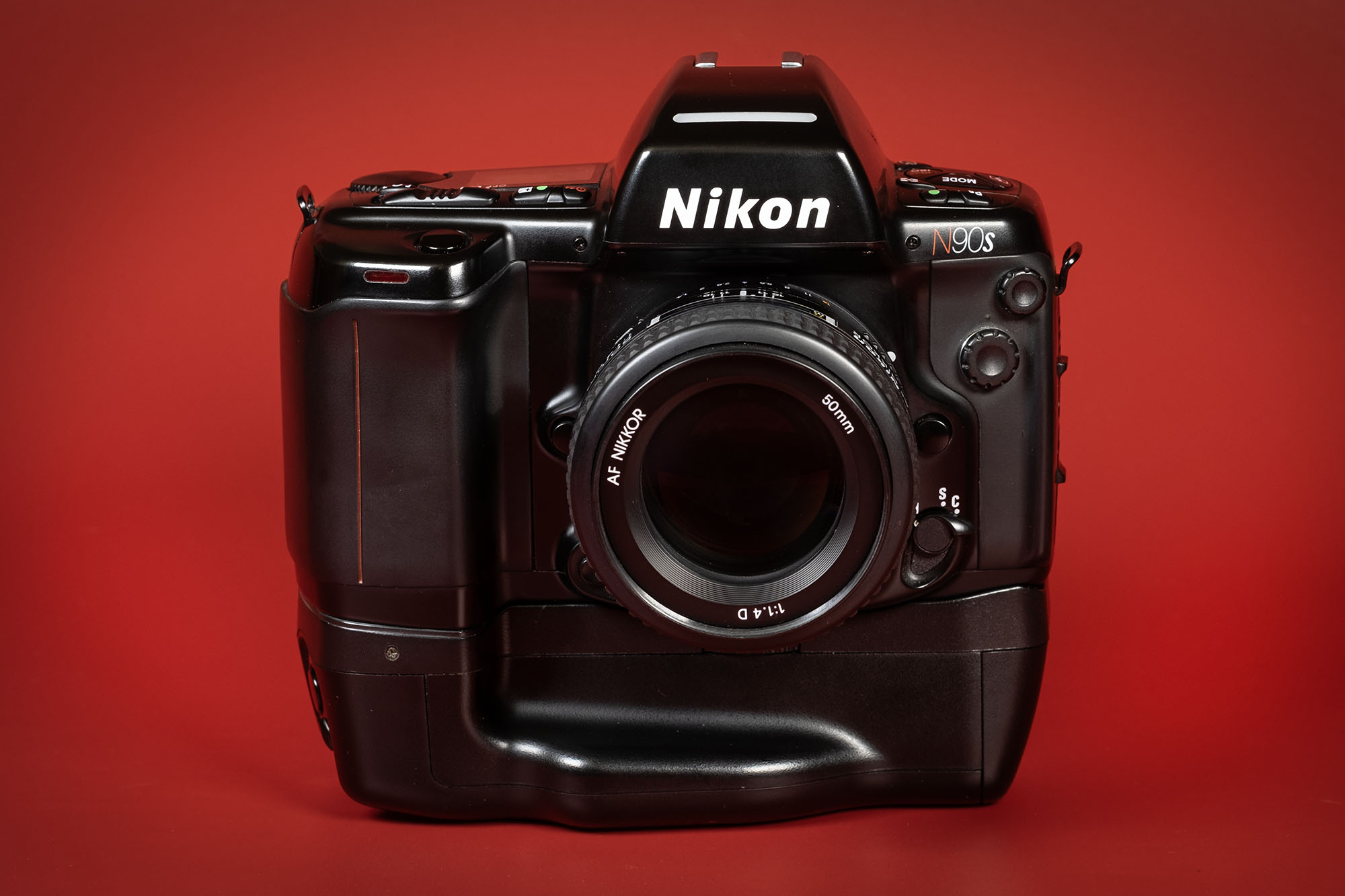Stepping outside my preferred genre of camera, I present the Nikon N90s. I have mentioned my preference for mechanical cameras over electronic models, but this one came along at a price that I couldn’t ignore. It came with an AF-D 50mm f1.4 lens, Tenba pro bag and a host of accessories, and I already had a few AF-D series lenses to use with it. This kit accompanied me on a few trips and has proven itself capable, and I dare say, enjoyable.
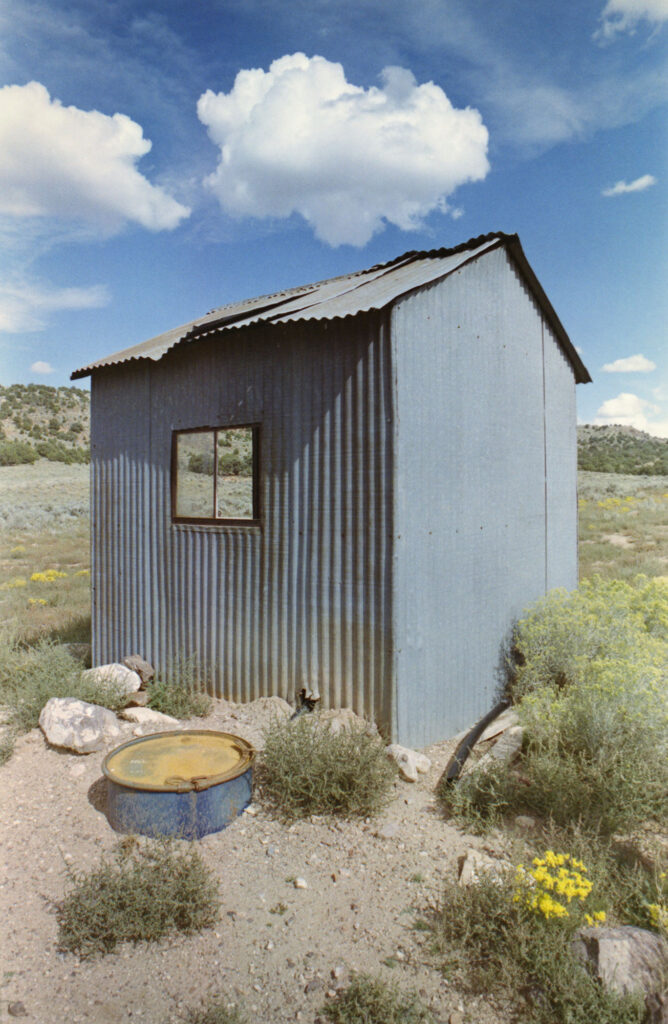
Introduced in 1994 as an upgraded version of the N90, it was manufactured until 2001. Once an expensive camera, it had professional features even though it was largely aimed at the advanced amateur market. While most would argue that the F100 was the pinnacle of this category, the N90s was right on its heels.
Despite an abundance of features for a film camera, I often found myself using those with which I was most familiar and comfortable. I am more at home behind a simpler camera, as I am a simple guy. This camera has multiple exposure modes, autofocus modes, metering modes, drive modes, and more. It can be set up to accommodate just about any shooting style or specific need. I will list these modes below, but explaining each one in detail would be tedious for both you and me. I will tell you that I typically used the combination of aperture-priority, matrix metering, single-shot autofocus and single frame drive modes.
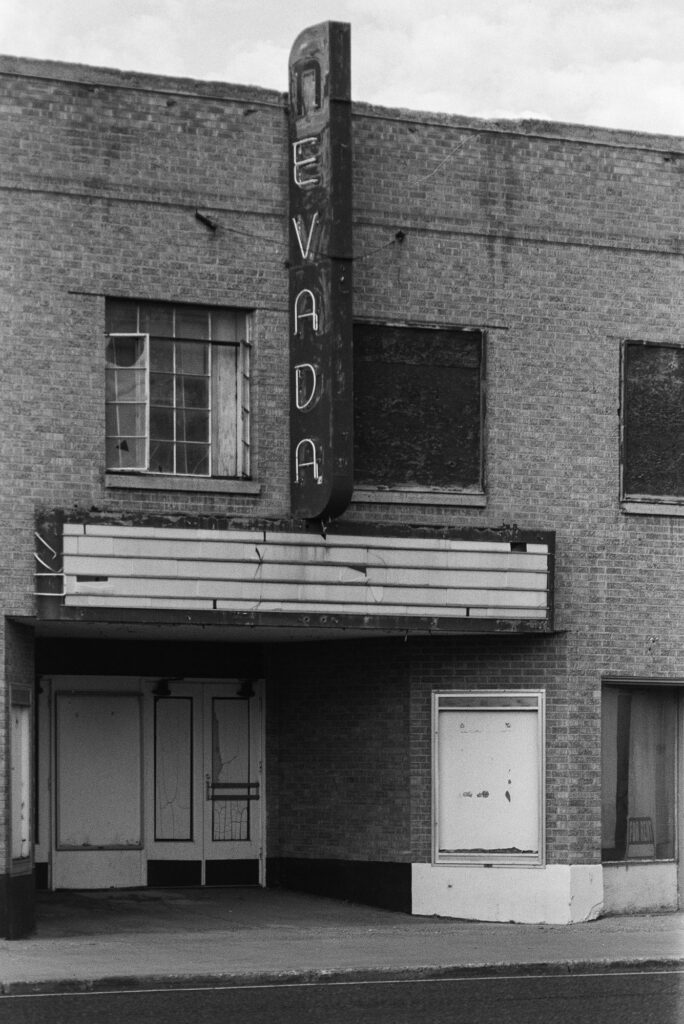
This camera accompanied my on some work trips through southern Utah and northern Nevada. I had an assignment to shoot photos and videos for a mining company, and this was all done with digital equipment. Having spent a bit of time in this part of the country, I knew plenty of interesting scenes to photograph for the camera test. I have photographed in these areas for several years, but mostly either with digital cameras or on black and white film. Revisiting the area with color film was a fun change.
I had a cigar box full of largely expired color film, and I took the risk of using some. It was grainy, with color shifts and significant base fog. Somehow I still managed to extract some useable images from it. I think I will be buying fresh film from now on. I also brought two rolls of black and white film on the trip, and I don’t regret having that option.
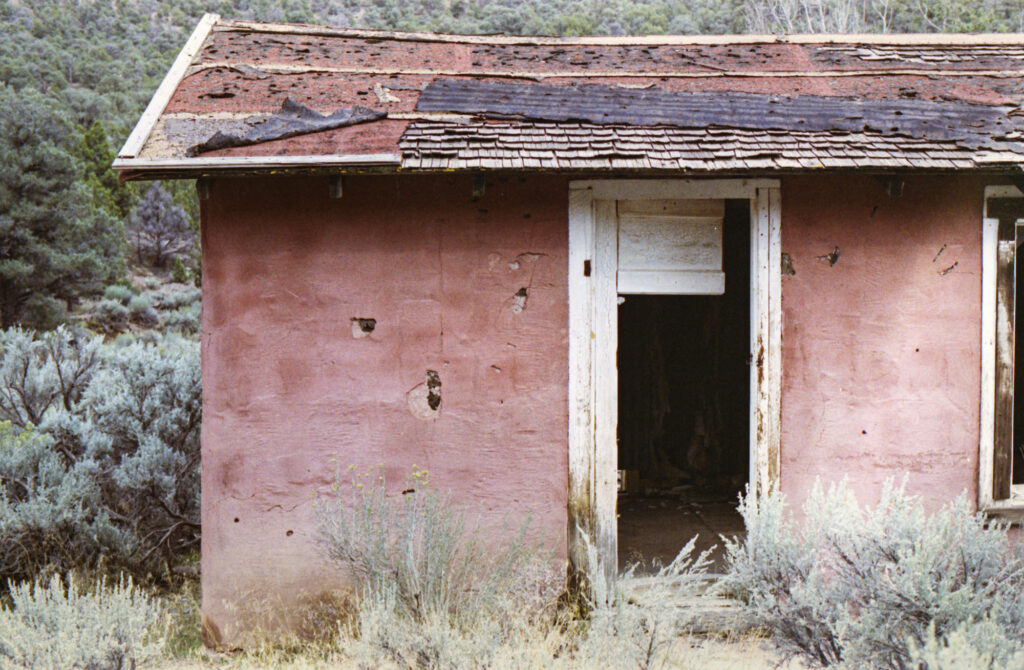
Developing the film revealed that the metering was accurate, every time, even in difficult lighting situations. When I hang up wet strips of film to dry, metering and exposure problems become readily apparent. Those two rolls of black and white film are hanging to dry as I write this, and I see no noticeably under-or over-exposed images on either of the film strips. I am confident this camera would handle the most finicky slide film. Negative film is pretty forgiving of metering errors, but the N90s was spot on every time. I felt no need to bracket exposures.
Even though I would rarely use the remarkable top shutter speed of 1/8000, It’s nice to know it’s there. That would allow an aperture of f2 in full summer sunlight with 100 ASA film. Normally I would be digging around for an ND filter or running for shade under those conditions.
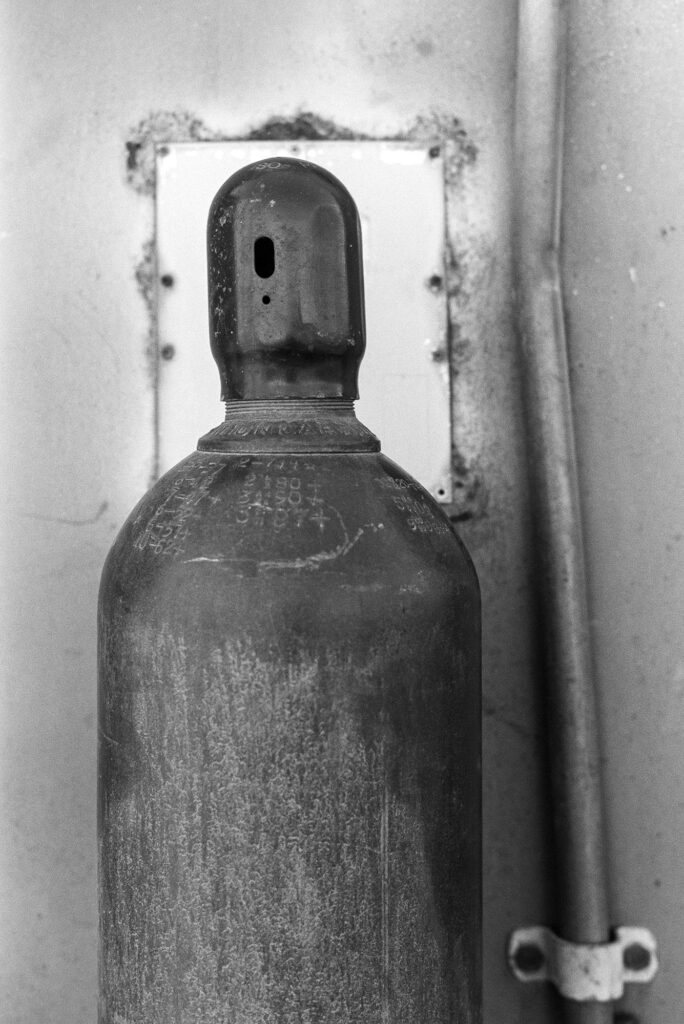
The N90s has the AF-D type autofocus system, also known as the screw-drive system. The motor that controls the autofocus resides in the body, whereas the new AF-S system has tiny motors in the lens barrel. The screw-drive AF-D system is typically a bit louder and slower. Despite being an autofocus-capable camera, it accepts older manual focus Ai, Ai-s and Ai-converted original F-mount lenses. Some features are lost as a result, but this allows access to a huge family of excellent optics dating back over fifty years.
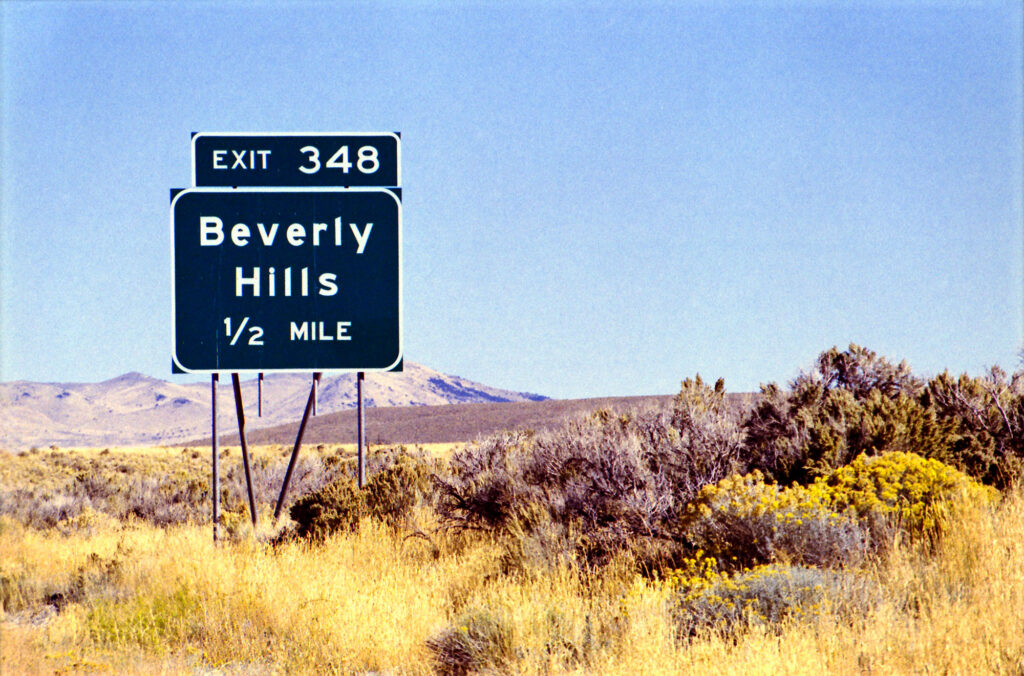
This one came with the MB-10 battery pack, which it continues to wear. I enjoy having the additional shutter release for comfortably shooting in the vertical (portrait) position. This makes it a rather large outfit, but it is still comfortable in the hand. Although it has a plastic exterior, it feels solid. The lens mount is steel and sturdy, and the overall feel, fit and finish is pure Nikon. The controls are thoughtfully placed and become natural after a roll or two. The viewfinder shows enough data to be useful but doesn’t interfere visually with the view of the subject.
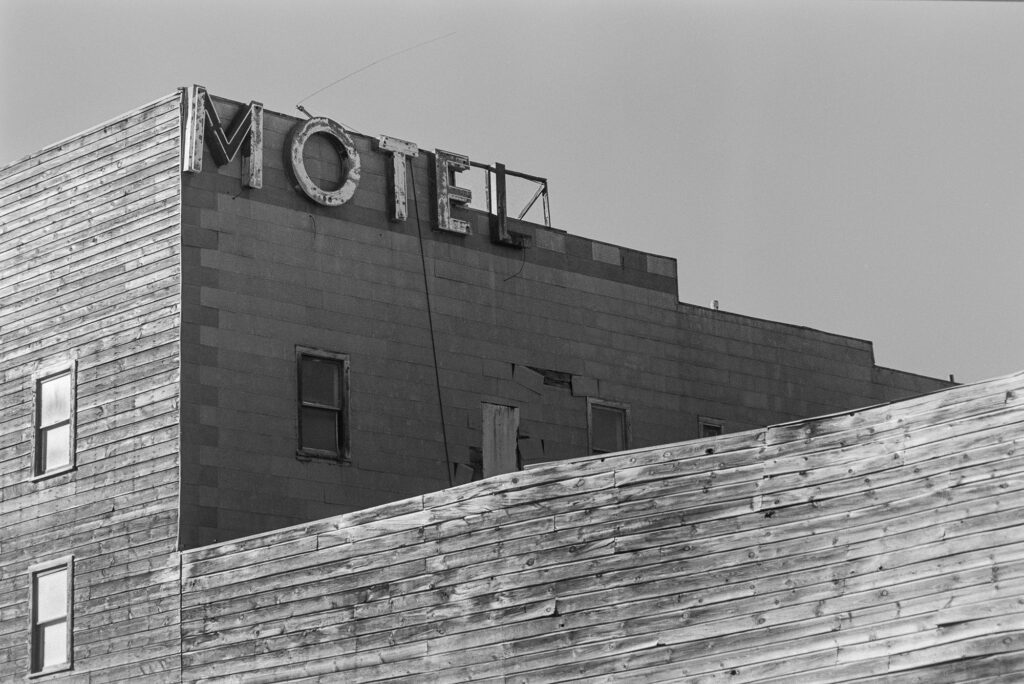
Perhaps my primary peeve in general is having too much going on in a viewfinder. When I approach a scene, I visualize it first without a camera in hand. I often frame the shot in my head, identifying the compositional elements and boundaries. Upon bringing the camera to my eye, I am gratified when the view matches my pre-visualized image. Too many lines, dots, LEDs, graphs or numbers can interfere with that. I like a clean visual interface. This camera delivers that.
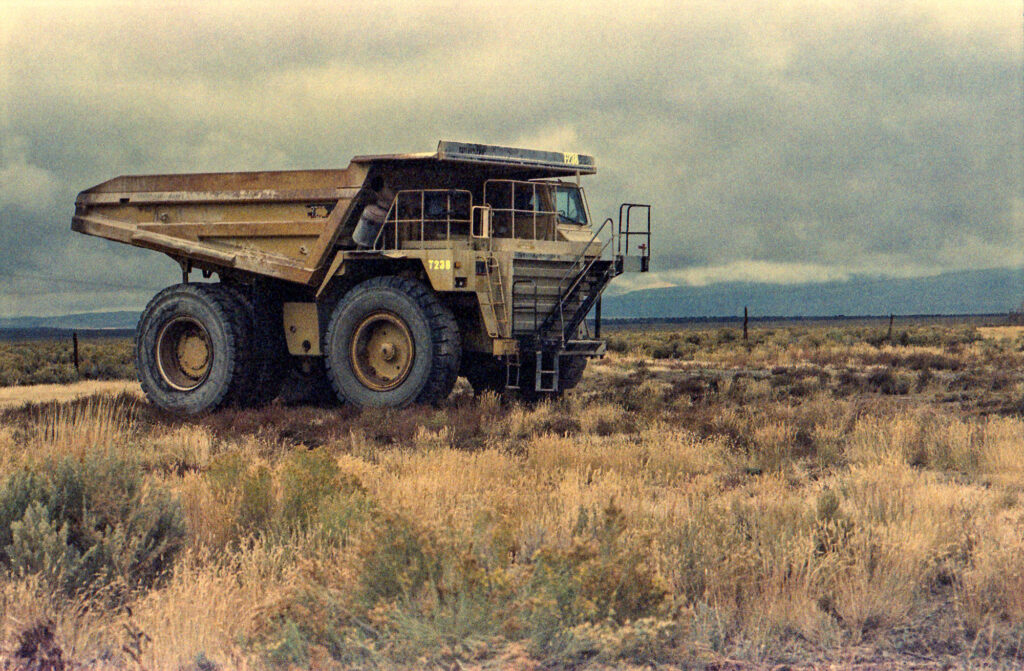
In the viewfinder we see an LCD below the image frame with indicators for focus area, focus indicator, exposure mode, shutter speed, aperture, under/over exposure, frame counter, exposure compensation, and flash status. That seems like a lot of information, but it is very neatly arranged in a single bar and I find it unobtrusive. In the image field there is a circle for spot metering, a larger circle for center-weighted metering, and focus area brackets. These are visible but do not get in the way of the image itself.
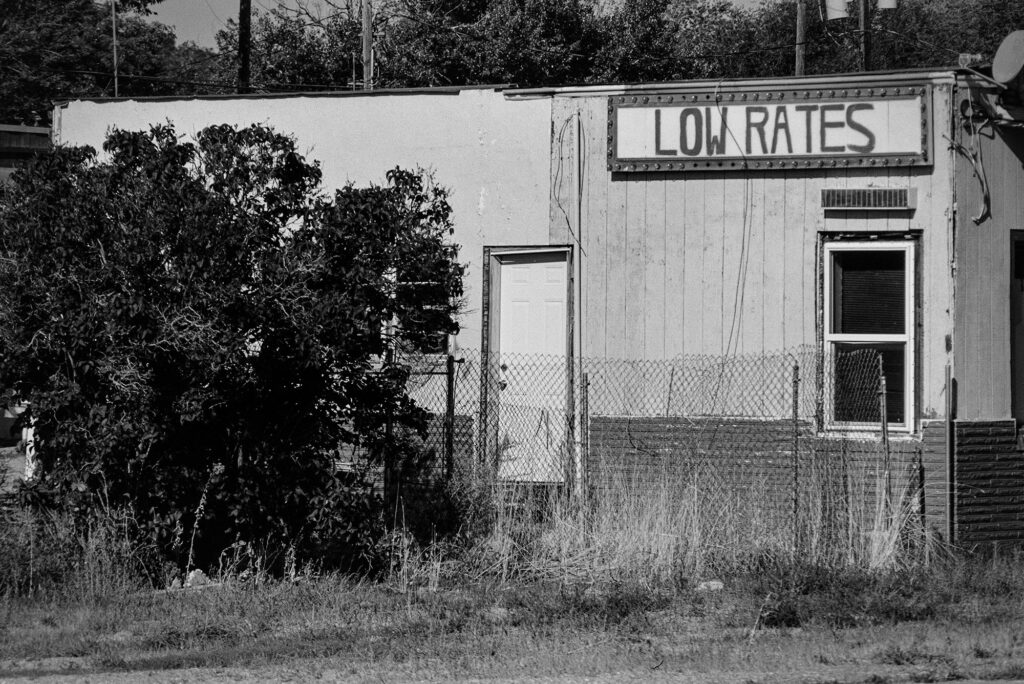
Oddly, at first I felt I was almost cheating by using so many automated features. It grew on me, however, and by the third or fourth roll I was enjoying the freedom from meticulously focusing and metering a scene. This camera can be set up to shoot precisely and methodically in manual modes, or it can become a large point-and-shoot that makes all the decisions. At either end of that spectrum, and everywhere in between, this is a very capable camera. I can see why it was favored by so many, including some professionals.
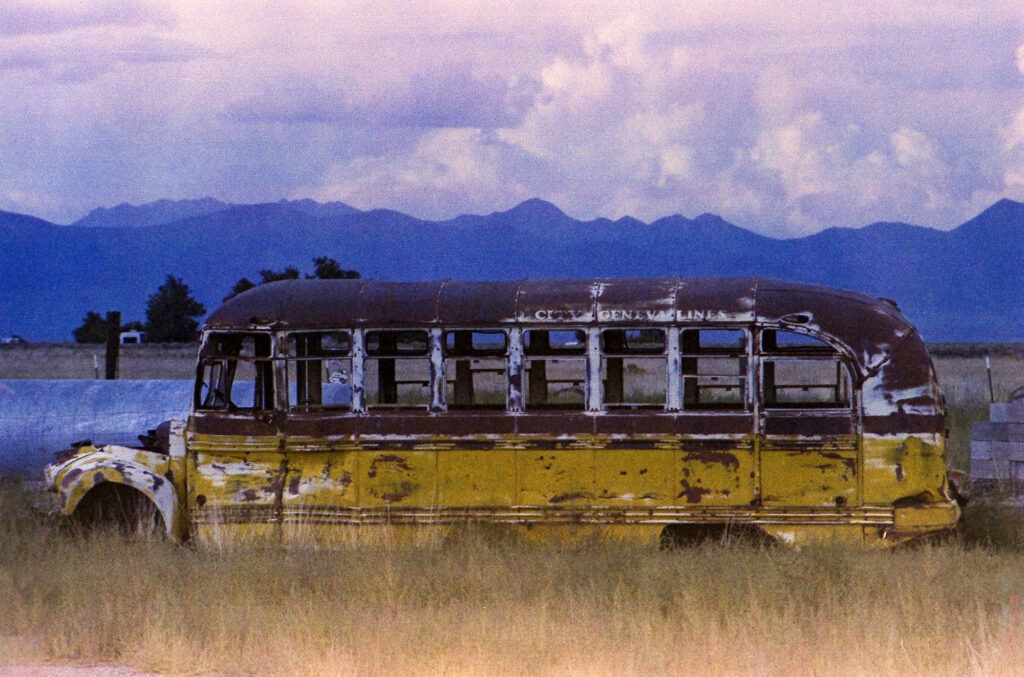
The one annoyance that is brought up in nearly every review is the rubberized coating on the camera back. Like many similar coatings from that period, it was there to enhance the grip, but became sticky over time. I tried everything I could think of to reduce the tacky feel of the surface, but eventually just removed it by scrubbing it off with copious amounts of alcohol. The back is easily removed, so there was no risk of damaging the camera in the process.
In the end, a shiny black plastic back with a few scuffs remained. Not satisfied with the aesthetics, I had an adhesive vinyl pattern made and used it as a sandblasting mask. This allowed me to mostly hide the scuffs and add a unique finish to the back.
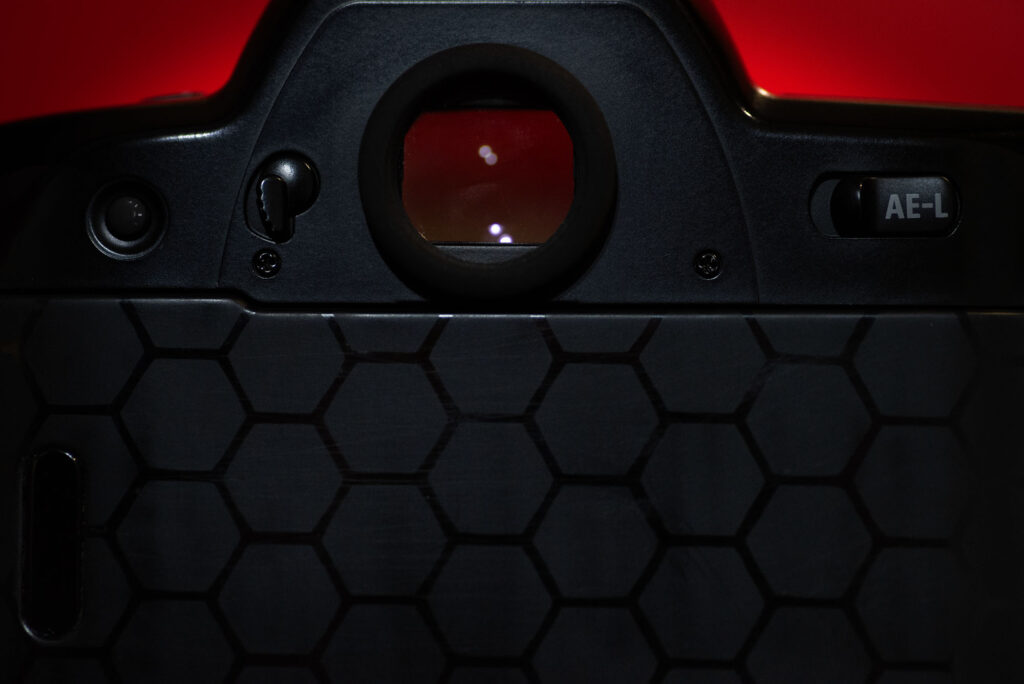
All in all, I am a bit torn between my love for mechanical cameras and the freedom offered by automation. A camera with this many features, at the current price point, represents a bargain in my opinion. While it won’t be my favorite camera, it may be the perfect package for others. Beginners or advanced film shooters will appreciate its versatility and well thought-out controls.
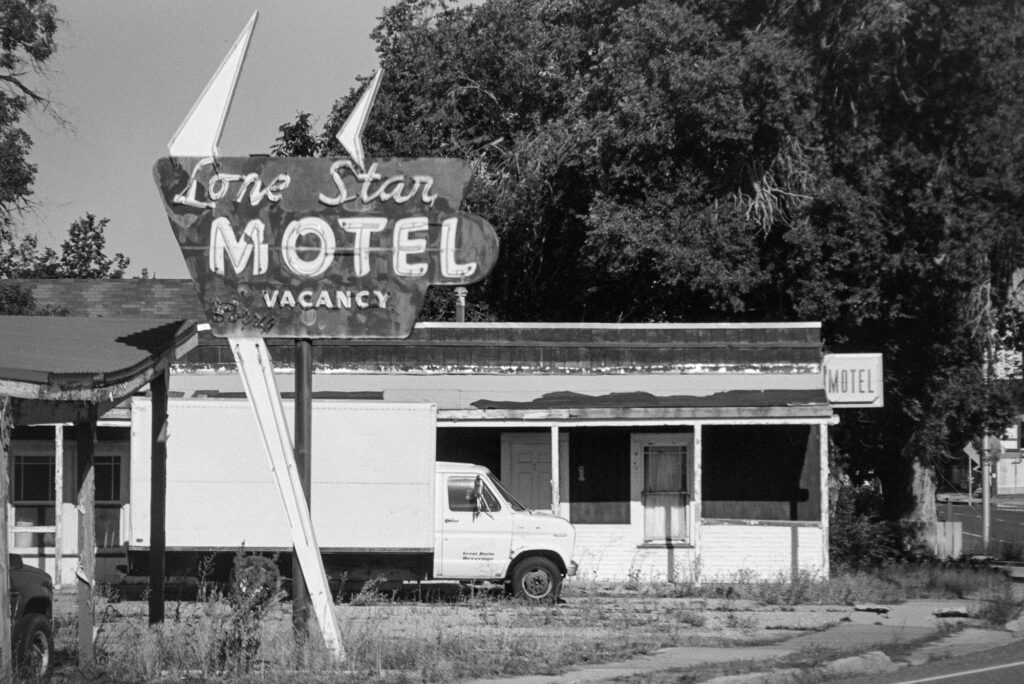
Basic Specs:
Designation: Nikon N90s 35mm SLR
Lens Mount: Nikon F (Screw-drive autofocus)
Shutter: Horizontal focal-plane
Shutter Speed Range: 30 seconds to 1/8000 plus bulb
Self Timer: Yes, 2-30 seconds
Flash Sync: 1/250 second
Motor Drive: Built-in, up to 4.1 fps
Power Rewind: Yes
Weight: 755g (26.6oz) without batteries
Batteries: 4 x AA
Modes and Options:
Film Advance Modes: Single, Continuous Low-Speed, Continuous High-Speed
Exposure Metering Modes: Matrix, Center-Weighted, Spot
Focus Area Modes: Wide and Spot
Autofocus Modes: Single Servo AF with Focus-Priority and Continuous Servo AF with Release-Priority
Exposure Modes: Auto Multi-Program, Vari-Program, Shutter-Priority, Aperture-Priority, and Manual
Vari-Program Options: Portrait Program, Portrait Program with Red-eye Reduction, Hyperfocal Program, Landscape Program, Silhouette Program, Sport Program and Close-up Program
Other Functions:
Auto-Exposure Lock
Exposure Compensation
DOF Preview
Interchangeable focus screens
TTL Flash
